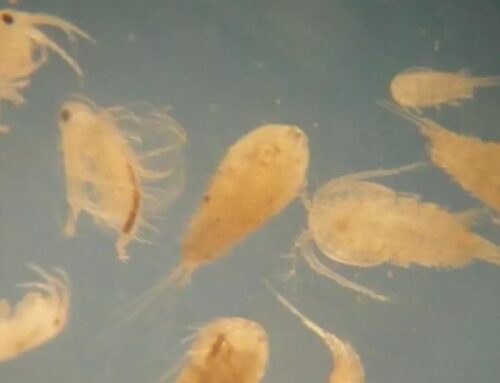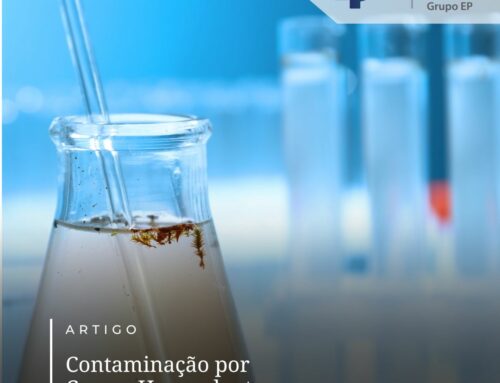
Damage caused by nutrient disposal
The excessive use of cleaning products, fertilizers and incomplete treatment of effluents, has generated great disposal of nutrients, especially in the form of compounds formed by ammonia and phosphates, in water bodies all over the planet. This high concentration of nutrients is identified as one of the most challenging environmental problems in the twenty-first century.
Nutrient pollution causes excess growth of algae (i.e., algae blooms) over large volumes of water, generating significant impact on the environment, human health, and the economy. Algal blooms consume significant amounts of oxygen, thus depriving fish, shellfish and other aquatic organisms of the oxygen needed to survive.
In addition, algae can have a negative impact on health by emitting toxins that can cause stomach upset, rashes, and more serious health problems. In Brazil there is no comprehensive survey of the situation, but it certainly does not differ substantially from what has been observed in other nations.
Challenges
In view of the severity that the release of these nutrients cause to water bodies, the imposition by regulatory bodies of quality of effluent release is increasing, increasingly lower release limits, which imposes the need for integrated or complementary systems of effluent purification so that these limits are met.
In view of this scenario, our company, which has since its foundation, more than 45 years ago, focused on the study and development of processes (EP Process Engineering), with its team of scientists and research laboratories, evaluated several possible treatment routes that would substantially reduce the presence of nitrogen and phosphorus in wastewater, through a process of simple operationalization and low cost.
Solutions
PHOSPHATES
The framing of the phosphate content in the treated effluent is relatively simple, being usually equated by the precipitation of phosphate, by reaction with calcium, iron salts and / or aluminum. These precipitates are of low solubility, being thus removed from the effluent by decantation or filtration.
NITROGEN COMPOUNDS
Situation 1
The removal of ammonia nitrogen or nitrates in moderate concentrations in effluents that have organic load, refers the treatment solution through biological process where by means of microorganisms and ideal process conditions, in addition to destroying the undesirable organic matter and still transform the nitrogenous compounds of the effluent into gaseous nitrogen that returns to the atmosphere, thus resolving it appropriately. This treatment route is especially recommended for treatment of sanitary effluents, food industry among others.
Situation 2
When the effluent has organic contaminants and high concentrations of ammonia nitrogen, the biological treatment process is impacted by the toxicity of the ammoniacal compounds to microorganisms, which prevents the application of this process without an adequate pre-treatment for the removal of ammonia. Effluent that well characterizes this situation, is the percolation of sanitary landfills (slurry of landfills) that represents one of the biggest environmental problems in Brazil.
To solve this problem, the team of scientists from EP Engenharia evaluated several treatment routes, two of which were perfectly applicable to the problem described. In the first, the ammonia present in the effluent after ionization is removed from the effluent by stripping with air, and the effluent with low residual ammonia contents is sent to the correct and perfect biological treatment as described in “Situation 1” described above. The ammonia-laden air that leaves the stripping tower goes to a second tower where it reacts with acidic sulfuric acid solution, producing ammonia sulfate, which is a fertilizer widely used in agriculture.
Situation 3
In effluents that do not present organic contaminants to sustain a biological denitrification process as exposed above, the biological process may not be the most indicated, since a carbon source should be continuously supplied to the treatment, making it complex and costly. Industrial effluents especially from fertilizer industries, or already treated sewage that does not meet release standards, fall into this group.
For better treatment in these cases the solution studied, designed and implemented by PE, can be stripping or precipitation of ammonia in the form of a precipitate NH 4 MgPO 4 ·6H 2 O where the ammonia present reacts with magnesium and phosphate for the treatment of the effluent. The choice of the best technique depends on the composition of the effluent, where in general it can be stated that for effluents that in addition to ammonia have phosphate contaminants precipitation is the best choice, leaving the stripping for effluents only ammoniacai.
Conclusion
)





